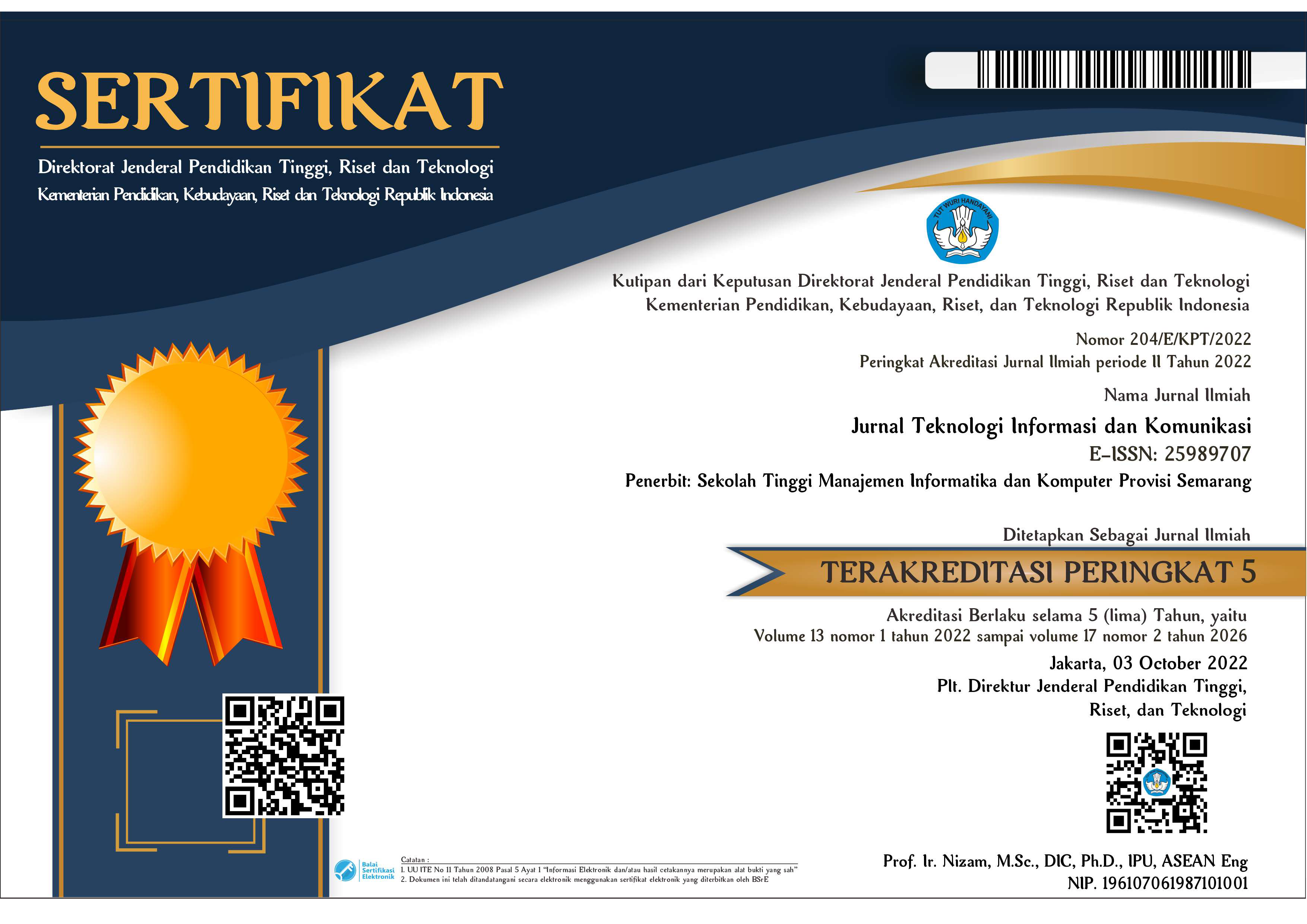AFFORDANCE DALAM DESAIN INTUITIF DAN HUMAN COMPUTER INTERACTION (HCI)
Abstract
Abstract
The concept of affordance comes from ecological psychology proposed by James Gibson to show the possibility of actions given to actors by the environment. Something has a quality to understand, where they are capable of being something when they are felt. Product perception is connected with the perception of its function. Affordance as a perception of meaning by combining the functions and meanings of a product. Thus, the meaning of a product will make what the product is capable of. People treat products from their environment according to the affordance of the product. Good product design is intuitive, can be used without thinking hard. Design that allows us, by seeing it we can do things directly and correctly. The concept of affordance was also introduced to the field of design, and finally Human Computer Interaction, by Donald Norman. He defines affordance as the perceived or actual nature of the object, especially the fundamental properties that determine how objects or technological products can be used. Affordance is the interpretive relationship between users and technology that arises during user interaction with technology in the environment that is lived. In a broader view of affordance, it covers social and cultural aspects in the use of technology in our daily lives.
















